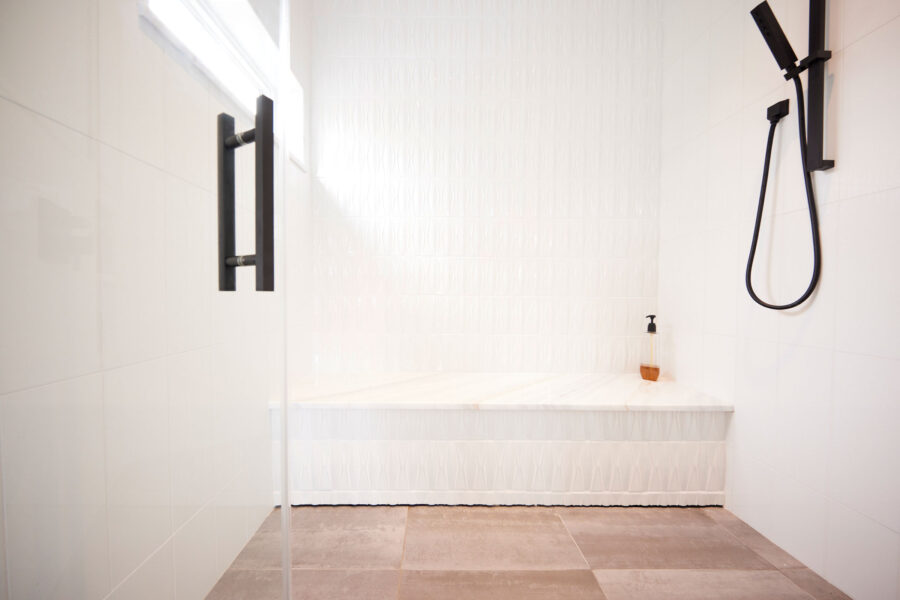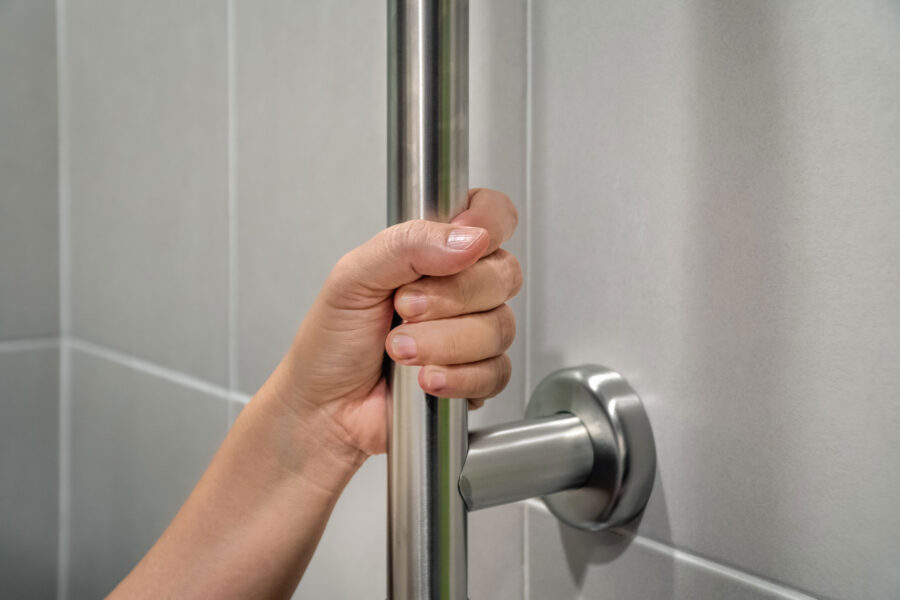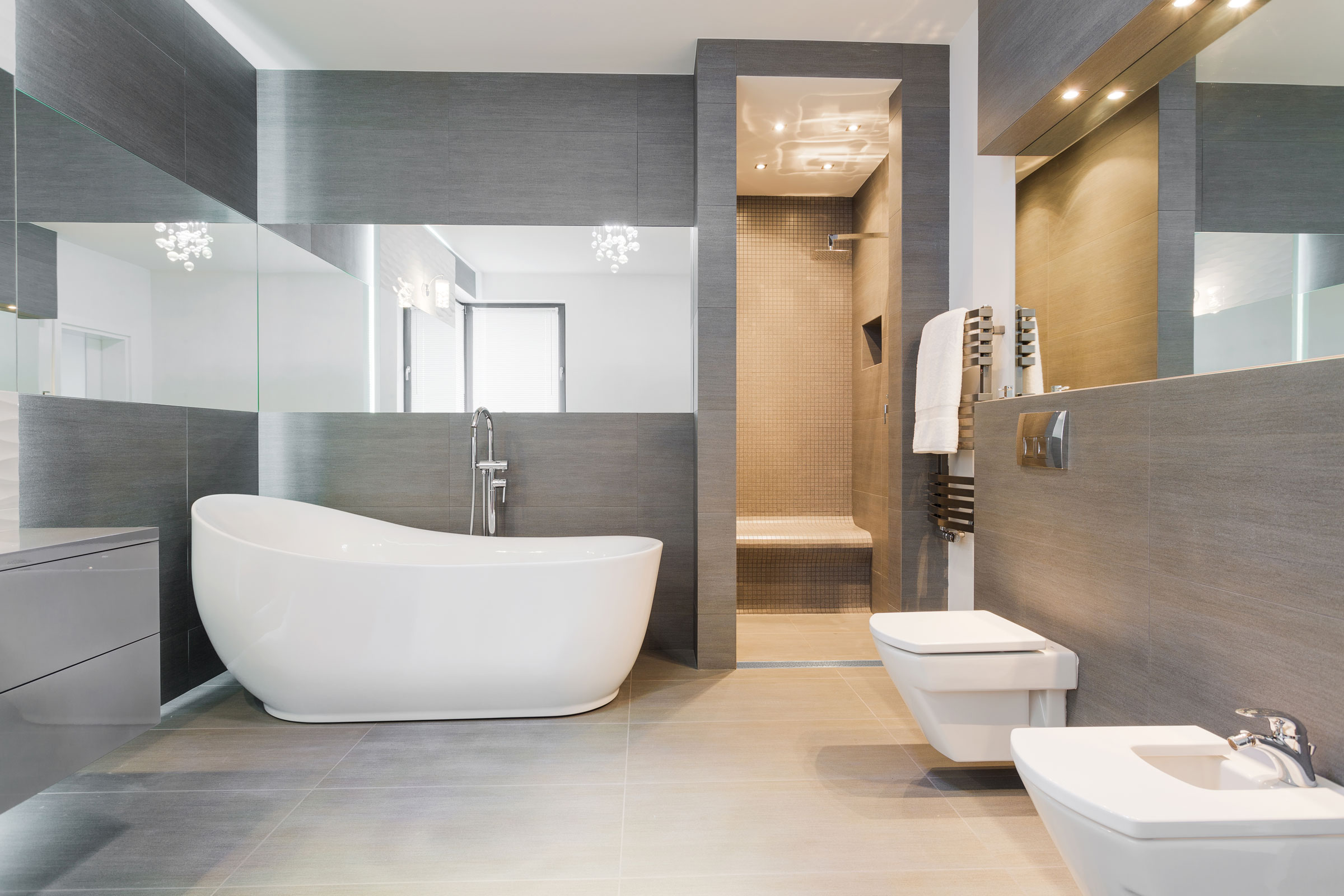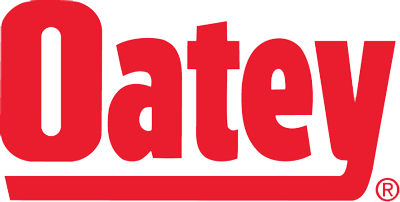Story at a glance:
- Oatey Co. is redefining bathroom spaces to meet diverse needs.
- Universal design and luxurious style can go hand-in-hand.
Architectural design is a dynamic and evolving field, continuously adapting to meet our changing attitudes and needs. The design of bathrooms serves as a prime example of this evolution, reflecting shifts toward aesthetics, functionality, and inclusivity.
The increasing emphasis on ADA-compliant shower design in both commercial and residential settings underscores a significant transformation. Architects, builders, and developers are now embracing the responsibility of creating spaces that accommodate everyone’s needs, emphasizing sustainability with accessibility.
Industry professionals are expected to ensure their designs meet accessibility standards and incorporate environmentally friendly practices. By choosing eco-friendly materials during construction and integrating energy-efficient systems, they can significantly lower the carbon footprint of buildings, making them more sustainable.
In the following sections, we will explore practical strategies and insights for achieving these objectives in architectural design.
Key Trends in Bathroom Design and Renovation

Photo courtesy of Oatey
1. Pursuing luxurious, spa-like fixtures
Architects and designers are incorporating elements like soaking tubs, steam showers, and opulent fixtures to create a truly relaxing and rejuvenating experience in residential settings. The goal is to elevate the overall aesthetic appeal of the bathroom space, transforming it into a luxurious haven where individuals can unwind and indulge in a spa-like atmosphere.
2. Embracing innovative solutions and new materials
Staying current with the latest materials and design trends is essential to creating modern and inviting bathroom spaces. For example, items like touchless faucets, smart toilets, and LED mirrors are gaining popularity in contemporary bathroom design.
Linear drains, commonly found in curbless showers, are praised for their style and functionality. They enhance the visual appeal of showers and wet areas and ensure efficient water drainage.
The designs of linear drain covers have also undergone significant evolution. In the past shower drains were often overlooked, but now decorative designs are available to match the bathroom’s overall stylistic direction, complementing different motifs and aesthetics.
3. Incorporating eco-friendly practices
In today’s design landscape the goal is to strike a balance between aesthetics and sustainability. It is essential to make design decisions that enhance visual appeal and promote sustainability.
One notable example of sustainable bathroom design is the incorporation of the QuickDrain BenchSeat, which is made of PET foam (polyethylene terephthalate). This innovative bench option offers three configurations to cater to different needs, depending on bench placement and the overall size of the shower. Not only do these shower benches meet the ADA standard guidelines for height, but they also exceed the weight requirement, promoting a universal design for all.
4. Creating visually striking, inclusive, and accessible layouts
Thoughtful color schemes, lighting arrangements, and materials can create a visually pleasing atmosphere while maintaining practicality and ease of use. Attention to detail in the placement of fixtures like sinks, toilets, and showers can enhance both the space’s functionality and its visual appeal.
One aspect of an accessible layout is the strategic placement of grab bars and handrails. Traditionally grab bars had an institutional appearance, but they are now designed to blend seamlessly into the overall bathroom décor.
Universal Design Principles in Shower Design

Photo courtesy of Oatey
Universal design creates an accessible environment for all people to the greatest extent possible. That means a bathroom will function as well for a child as it does for a senior.
The basic principles of universal design focus on functionality and accessibility. That might mean adding strategic lighting, slip-resistant flooring, and safety features like a curbless shower, bench seat, and grab bars in the bathroom.
Universal design is important in bathrooms because these spaces are used every day. We have the opportunity to reshape the narrative by transforming these necessities into design elements that seamlessly merge with the overall aesthetic, removing the institutional look historically associated with accessibility features.
Addressing Challenges in ADA Shower Design
Bathroom design has always faced significant challenges concerning cleanliness, mold prevention, and accommodation. However, these challenges can be effectively addressed by utilizing innovative tile options and environmentally friendly materials, thereby enhancing the overall functionality and user experience of these spaces.
Prioritizing cleanliness is essential, and choosing materials that are easy to clean, such as porcelain and acrylic surfaces, is also crucial. By opting for large format tiles with fewer grout lines, for example, not only is the aesthetic appeal improved, but it also reduces the areas where dirt and grime can accumulate, making the cleaning process more straightforward.
It’s also important to select durable tiles that can withstand high traffic and frequent cleaning, ensuring functionality and appearance are maintained over time. Additionally, proper ventilation is key in maintaining cleanliness and preventing mold, further contributing to a healthier and more enjoyable bathroom environment.
Creating flexible layouts that allow for easy accessibility and cleaning is another essential consideration. QuickDrain linear shower drains offer wall-to-wall coverage and fully sloped troughs, ensuring efficient water drainage while minimizing slip hazards and preventing the growth of mold, mildew, and bacteria. This linear drain’s cover can be easily removed by hand and wiped down to eliminate soap scum, hair, and other obstructions that can hinder smooth and consistent drainage.
By incorporating these design strategies and materials, we can continue to meet our responsibility to create beautiful bathroom spaces that accommodate all users’ diverse needs while prioritizing sustainability.


